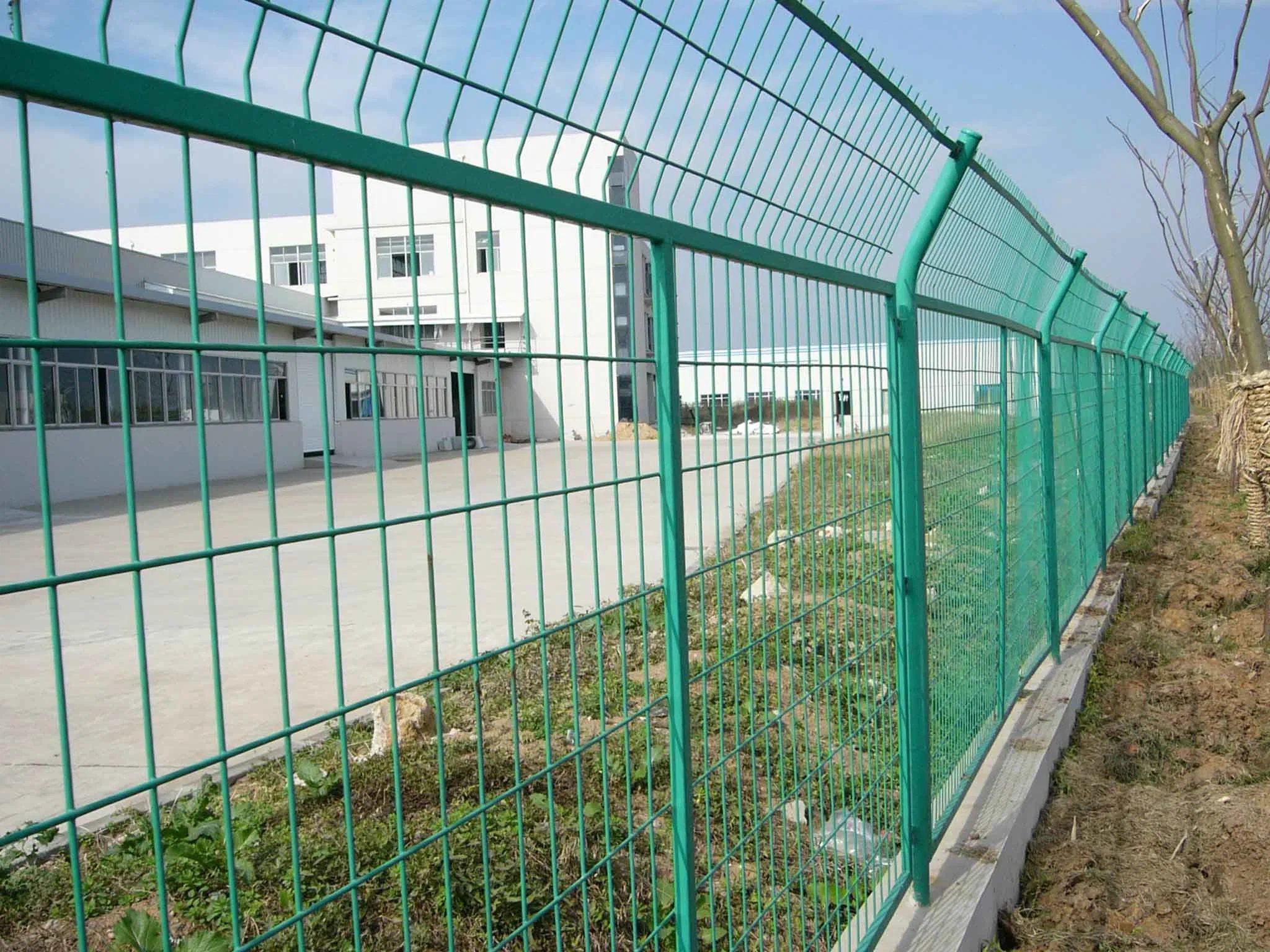Understanding Acoustic Fencing A Sound Solution for Noise Pollution
In our increasingly urbanized world, the issue of noise pollution has become a significant concern for residents and city planners alike. From the incessant hum of traffic to the clatter of construction sites, excessive noise can have detrimental effects on health and well-being. One innovative solution to this pervasive problem is acoustic fencing, a technology designed specifically to reduce sound levels in residential and commercial areas.
What is Acoustic Fencing?
Acoustic fencing refers to sound-absorbing barriers that are strategically placed to block or deflect noise from one location to another. These structures can be made from a variety of materials, including wood, concrete, and composites, and are often designed to blend in with their surroundings while providing maximum sound insulation. The primary goal of acoustic fencing is to create a quieter, more peaceful environment for people living or working nearby.
How Does It Work?
The effectiveness of acoustic fencing hinges on its design and materials. These fences function by either blocking sound waves or absorbing them. Solid barriers tend to reflect sound, redirecting it away from sensitive areas, while porous materials help in dampening sound waves, reducing their intensity. The height, thickness, and placement of the barrier also play crucial roles in determining its effectiveness. In general, taller and denser fences can provide better noise reduction, especially when they are erected as close to the noise source as possible.
Applications of Acoustic Fencing
Acoustic fencing is commonly used in various applications, ranging from residential neighborhoods to commercial spaces
. In urban areas, these barriers can be installed along highways, railways, and busy streets to protect adjacent homes and businesses from disruptive noise. Similarly, schools, hospitals, and parks may utilize acoustic fencing to create a tranquil atmosphere amidst the urban chaos.acoustic fencing

In rural settings, acoustic fencing can mitigate noise from farming operations or industrial sites, helping to preserve the tranquility that residents expect in these areas. Additionally, within commercial settings, such as manufacturing facilities or entertainment venues, barriers can be used to contain sound and prevent leakage into surrounding environments.
Benefits of Acoustic Fencing
The advantages of acoustic fencing extend beyond simple noise reduction. Effective noise control leads to improved quality of life for residents, fostering a peaceful living and working environment. Decreased noise levels can contribute to better concentration and productivity in workplaces, as well as enhancing relaxation and sleep for individuals in residential settings.
Moreover, acoustic fencing can also serve as a privacy barrier, adding an additional layer of comfort for homeowners. In some scenarios, these structures can be aesthetically pleasing, designed to integrate seamlessly into the landscape while fulfilling their primary function of noise mitigation.
Challenges and Considerations
While acoustic fencing brings numerous benefits, it is not without challenges. The initial costs of installation can be significant, depending on the materials chosen and the extent of the area needing coverage. Maintenance is also an important factor, as weather conditions and environmental wear can affect the fencing's soundproofing capabilities over time.
In conclusion, acoustic fencing presents a viable solution to the growing challenges of noise pollution in our modern world. By providing an effective barrier against unwanted sound, it enhances the quality of life for many individuals and communities. As cities continue to expand and the clamor of urban life intensifies, the adoption of acoustic fencing could play a crucial role in promoting a quieter, more harmonious living environment.
-
Why Galvanized Trench Cover Steel Grating Resists Corrosion
NewsJul.10,2025
-
The Versatility and Strength of Stainless Expanded Metal Mesh
NewsJul.10,2025
-
Load Calculations in Steel Grating Platforms
NewsJul.10,2025
-
Keeping Pets and Kids Safe with Chicken Wire Deck Railing
NewsJul.10,2025
-
Hole Diameter and Pitch for Round Perforated Metal Sheets
NewsJul.10,2025
-
Aluminium Diamond Mesh in Modern Architecture
NewsJul.10,2025
Subscribe now!
Stay up to date with the latest on Fry Steeland industry news.

